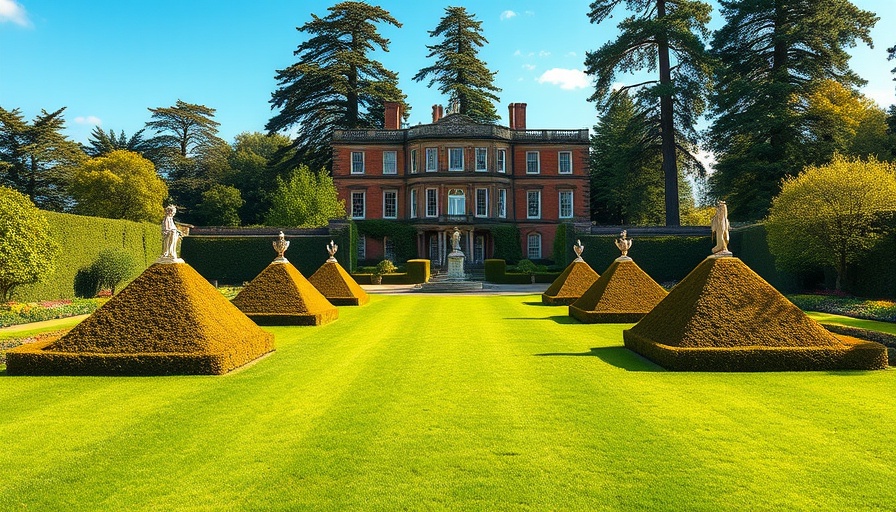
Royal Gardening Scandal: A Deep Dive into Staff Treatment Under King Charles
The recent allegations of mistreatment of gardening staff under King Charles III's oversight have cast a shadow over the royal family's pristine reputation. Reports emerging from royal residences, particularly Highgrove, highlight a troubling environment of low pay, micromanagement, and mass resignations that collectively threaten the morale of those tasked with maintaining England's historic gardens. While royal gardens are hailed for their cultural and historical significance, the stories of the individuals who care for them are proving to be just as impactful.
A Culture of Pressure and Perfection
Highgrove House, the royal family's private residence, is no ordinary estate. It boasts intricately designed gardens filled with rare plants - a feat achievable only through extensive knowledge and labor. Yet, former staff share a contrasting narrative: an environment sewn with high demands and little tolerance for errors. Allegations of verbal abuse and an emotional candor that borders on harshness have led many to question if the dedication to maintaining these gardens overshadows the basic rights of those doing the work.
Mass Resignations: A Sign of the Times
Perhaps the most telling statistic in this unfolding scandal is the mass exodus of staff, with eleven out of twelve gardening personnel resigning since 2022. This stark statistic raises eyebrows—not only because of the scale of resignations, but also because it reflects a profound discontent within a profession that demands both passion and dedication. Such numbers underline a critical need for reforms in how working conditions and mental health are prioritized.
Low Pay in High Places
Despite the royal family's immense budget, many gardeners earn only minimum wage. To add insult to injury, the labor involved is extensive, with workers often enduring long hours under intense scrutiny. Reports uncover that individuals are receiving emotional notes in red ink on unrelated tasks, disrupting their focus and potentially undermining their confidence. The emotional toll appears to be as heavy as their physical workload.
Exacting Oversight: Striking the Balance
The delicate nature of managing such opulent grounds brings significant pressure. While striving for excellence is commonplace, balancing high standards with humane management is crucial. Former employees have spoken out about this hostile oversight, expressing fears of reprimand over minor errors. One gardener's struggle to meet the king's high expectations serves as a stark reminder of the toll exacting oversight can take on one’s mental health.
Calls for Reform: The Shift Toward Staff Care
The discussions around this scandal have catalyzed a broader conversation about labor rights within the royal family. Advocacy groups and former workers are demanding better treatment, emphasizing not just fair pay but also humane working conditions and the implementation of systematic improvements that protect workers' rights. These calls for reform point to a broader societal shift aimed at protecting workers across all industries.
Implications for Future Generations
What does this mean for the future of gardening at royal estates? There’s a potential paradigm shift on the horizon—one that could lead to positive outcomes not just for staff morale but also for the public’s perception of the monarchy itself. Enacting meaningful changes can set precedents for how high-profile organizations treat their employees moving forward.
Your Engagement Matters: Advocate for Fair Labor in Gardening
The royal gardening scandal serves as a wake-up call for accountability and reform across the board, not just in the monarchy but also within our local communities. If you appreciate the beauty of gardens and the hard work behind maintaining them, consider becoming an advocate for fair labor practices. Share your thoughts with relevant organizations, volunteer, or support initiatives that protect workers’ rights in gardening and beyond. The gardens thrive because of the people who nurture them—let’s make sure they thrive too.
 Add Row
Add Row  Add
Add 




Write A Comment